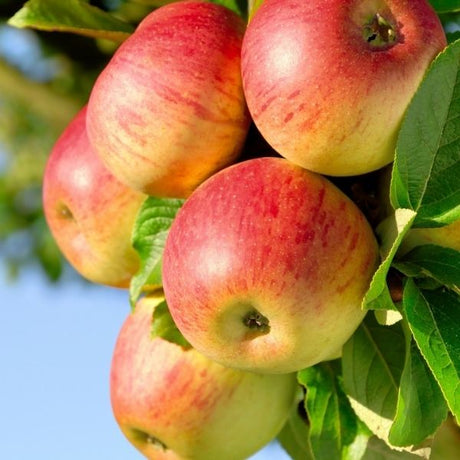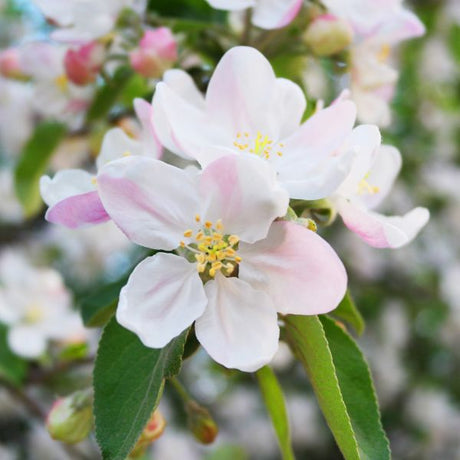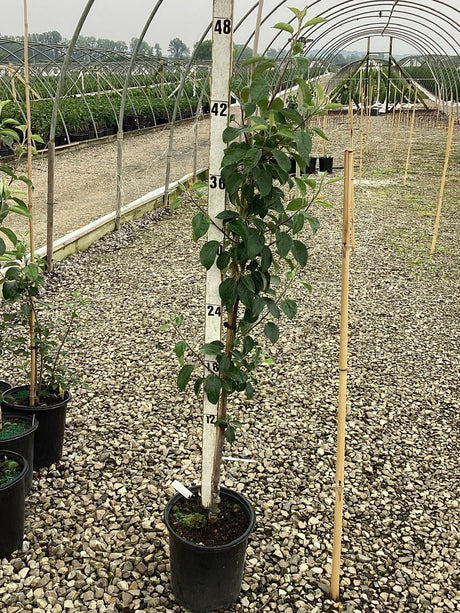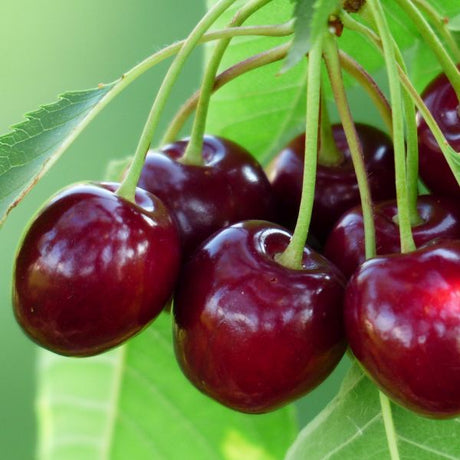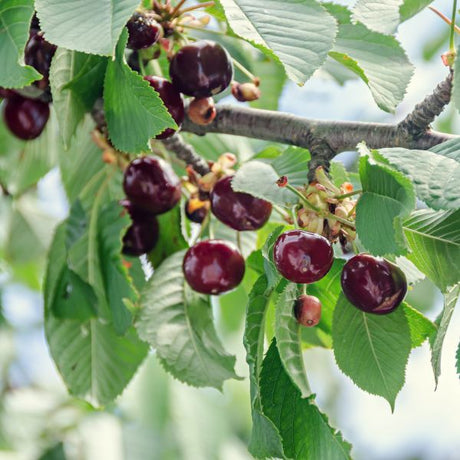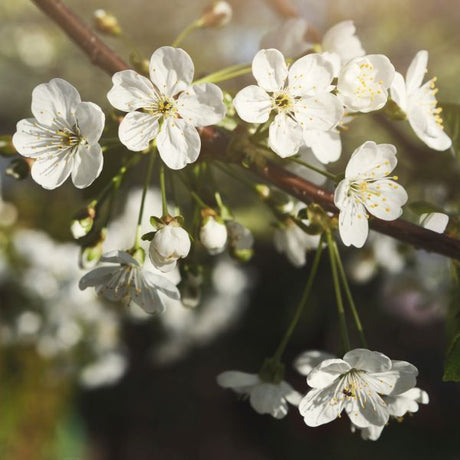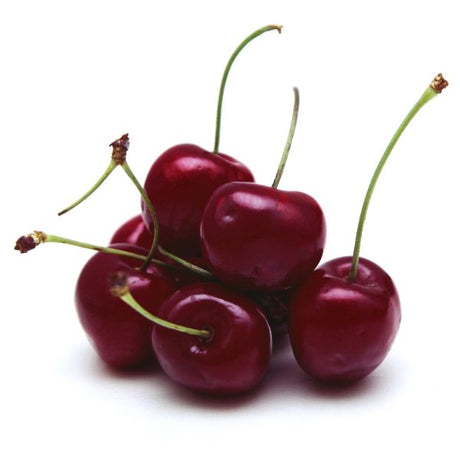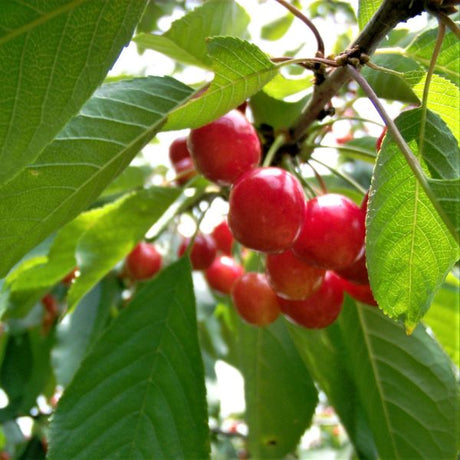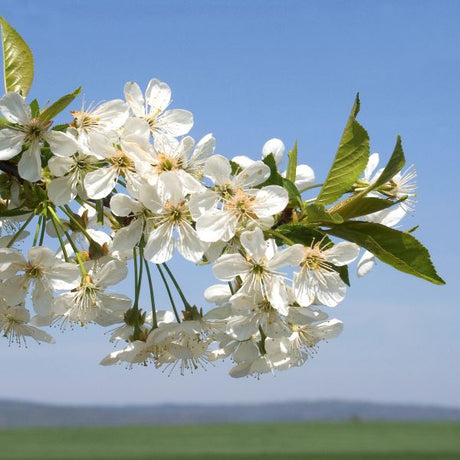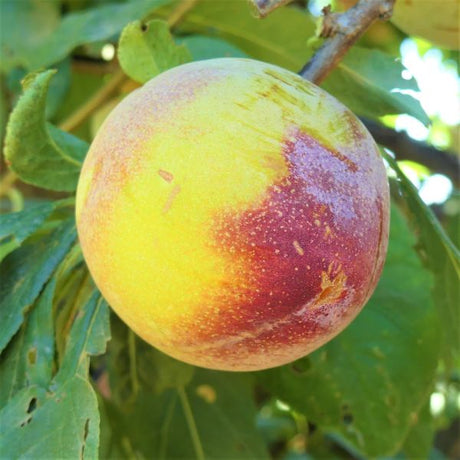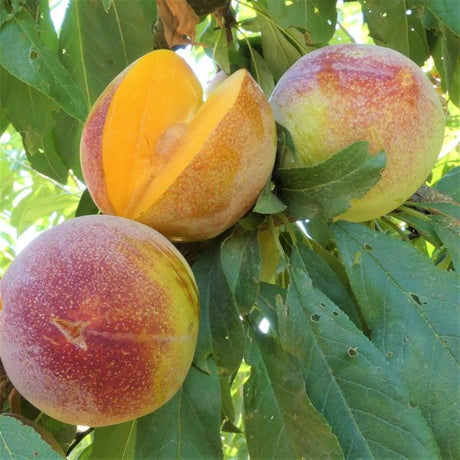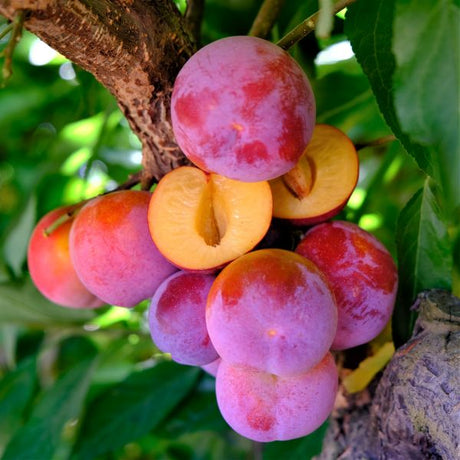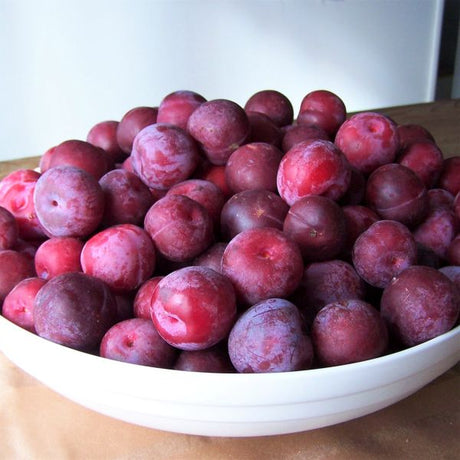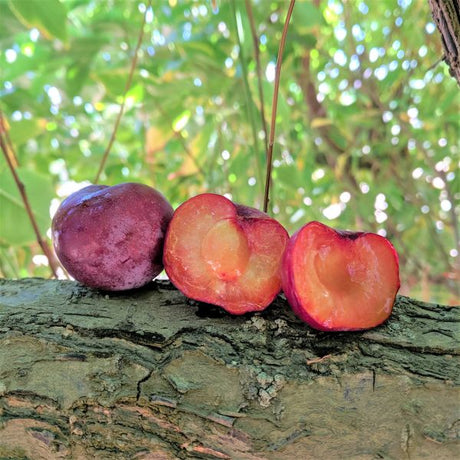Growing fruit at home opens up a brand new world of possibilities. Pies, Jams, and a variety of Health Benefits are only seasons away! However, potential growers need to make sure their fruit producers can survive long enough to bear fruit first. Colder climates can be rough on many Fruit Trees and bushes, resulting in diminishing harvests from winter damage.
Fortunately, many Fruit Trees are perfectly capable of thriving in cold conditions. There is a variety of cold-hardy Fruit Trees that can handle heavy cold while still producing fresh fruit before winter freezes the season's crop. Growing fruit in a cold climate can be hard, but Nature Hills has you covered. Below are several examples that can handle the cold nights and long winters of USDA Zones 3 to 4.

Before diving into specific varieties, it helps to know how low temperatures can fall in your area, how chill hours work, and why Zone Research is essential for long-term success with Fruit Trees in cold climates.
- Preparing Your Trees for Cold Snaps
- Examples of Cold-Hardy Fruit Trees
- Pot Planting Warm-Weather Trees
- Landscaping Uses
- Care and Maintenance
- Bringing It All Together
How Cold is Your Climate?
Areas within Hardiness Zone 3 contain some of the lowest winter temperatures possible in the United States. Trees and other plants that grow in this area need to handle both consistent and surprising cold weather in order to survive long-term.
Growing Zone 4 doesn't have as high a risk of extreme sub-zero temperatures, which is why there are more Fruit Trees safe to grow in this zone. Trees here get their required Chill Hours with less risk of temperatures ruining their sensitive buds.
The difference in temperature between Zones 3 and 4 is surprisingly drastic, so growers should not push their luck without doing plenty of Zone research. Many Fruit Trees and certain flowers need a drop in temperature to go dormant before waking up again.
Certain varieties need a higher minimum total of cold hours to grow to their full potential. For accurate information on your area's estimated chill hours, you can reach out to your local Ag Extension Service.
Fruit Trees, in particular, can be especially susceptible to cold temperatures during their growing season. Intense Cold can damage fresh blooms, resulting in the loss of that season's crop. A warm winter day followed by a sudden cold snap can ruin an entire harvest. Know how low the temperature can drop in your area before ordering your own trees.

Preparing Your Trees for Cold Snaps
Sometimes nature throws a curveball that challenges even the toughest Fruit Trees. Droughts can be managed with a hose, but Cold Snaps are a different story. Devastating Cold can be harsh, but a few steps of preparation can help your Fruit Trees survive winter weather.
As late summer and fall begin to cool, pay close attention to weather forecasts. One way to protect young trees from frost damage is to wrap them in Tree Wrap, often made of thick paper or burlap. Tree Wrap protects the trunk from cold exposure. Dark mulch or bare dirt around the base of the tree is also helpful, as both store warmth during cold seasons.
In some cases, draping a tarp or canvas over the tree is the best solution. The dense material should cover the entire plant and the ground at its base, helping the dormant tree retain natural ground heat. If your tree shows some cold damage, avoid panicking. Cold damage often looks worse than it actually is. Only when your Fruit Trees begin growing again will the true extent of damage reveal itself.

Examples of Cold-Hardy Fruit Trees
Several Fruit Tree varieties shine in cold climates, including Plum, Apple, and Cherry Trees. Northern growers can enjoy homegrown fruit without relying on the grocery store. Nature Hills carries many strong cold-climate trees, including:
Empire Apple (Malus Empire): A mix of the Red Delicious and Macintosh Apples, the Empire Apple Tree has quality proven by its heritage.
Honeycrisp Apple (Malus Honeycrisp): One of the most beloved Apples for its taste, the extremely cold-hardy Honeycrisp Apple Tree is a must-have for any Fruit Orchard.
Gravenstein Apple (Malus Gravenstein): Greenlit to grow even in the harsh cold of Growing Zone 2, the Gravenstein Apple is resilient enough to withstand many frigid winters.
Cox Orange Pippin Apple (Malus domestica Cox Orange Pippin): Widely regarded as one of the best Dessert Apples, the Cox Orange Pippin Apple Tree is best harvested in mid-fall.
Romeo and Juliet (Prunus) Dwarf Sweet Sour Cherries. The pollination pairing of Romeo and Juliet is a love story worthy of Shakespeare, with early spring blossoms and sweet cherries a few weeks later.
Montmorency Cherry (Prunus cerasus Montmorency): This variety produces fruit that many consider the best for any Cherry Pie recipe.
Burbank Plum (Prunus salicina): A mid-season ripener with Rich Flavor, the Burbank Plum is endorsed by master plant breeders and is easy to care for.
Superior Plum (Prunus Superior): These Plum Trees produce abundant and consistent harvests and are known for surviving High Altitudes.
Toka Plum (Prunus Toka): Known as the Bubblegum Plum, this variety produces sweet fruit with a bubblegum scent.

Pot Planting Warm-Weather Trees
Northern growers who dream of tropical fruit may be relieved to learn that some Citrus Trees can survive Zones 3 to 4 if brought indoors for winter. For more on potted Citrus Trees, read our garden blog post here.
Other warm-weather Fruit Trees, such as Pear or Peach Trees, can be grown in containers with research and care. Nature Hills also offers many Potted Fruit Trees suitable for porch or patio growers. Another helpful article on plant-friendly Lemon varieties is available here.
Landscaping Uses
Cold-hardy Fruit Trees can be used in backyard orchards, edible landscapes, mixed garden borders, and multiple tree groupings designed for maximum harvest. Their blossoms add spring beauty, while their structure brings seasonal interest even when dormant. Whether you prefer Apples, Plums, or Cherries, these trees offer ornamental value in addition to fruit production.
Care and Maintenance Tips
Growers in Zones 3 and 4 should monitor Weather Forecasts closely, use Tree Wrap where needed, apply Mulch to retain warmth, and cover trees with Tarps during extreme cold periods. Fruit Tree Pollination knowledge helps ensure good harvests, and understanding your regional needs supports healthy production. Plant only during dormancy and avoid shaping when temperatures fluctuate. Pair this with smart guidance from zone-specific fruit-tree success tips for the best survival and performance each season.
Bringing It All Together
Growing Fruit Trees in cold climates may seem challenging, but sticking with varieties proven to withstand winter weather keeps your harvest hopes alive. With the right preparation and a bit of cold courage, your fruit-filled dreams are only a season or two away.
Happy Planting!



